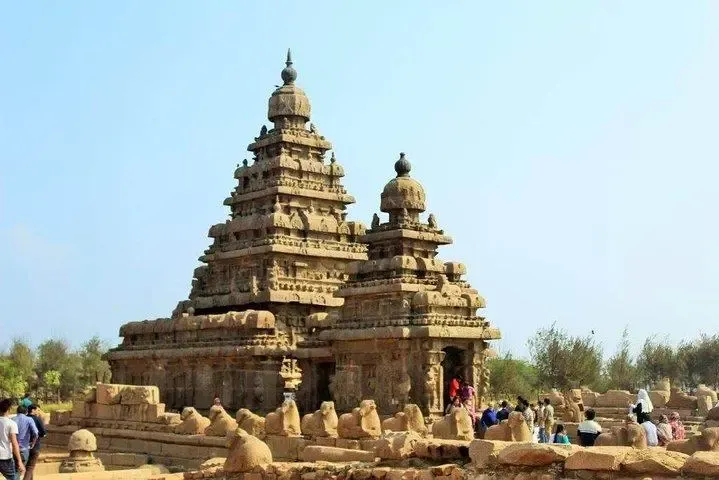Is Tamil Nadu Considering Ropeway Transport for Tourist Attractions?

Synopsis
Key Takeaways
- Feasibility studies for ropeway transport systems are underway.
- Locations include Mahabalipuram, Ooty, and Kodaikanal.
- The project aims to improve tourism infrastructure.
- Road congestion is a major issue in these tourist areas.
- CMRL is seeking consultants for detailed evaluations.
Chennai, July 20 (NationPress) The Chennai Metro Rail Limited (CMRL) has begun evaluating the feasibility of implementing ropeway transport systems in major tourist hotspots across Tamil Nadu, such as Mahabalipuram, Ooty, and Kodaikanal.
This initiative aligns with a recent budget announcement from the Tamil Nadu government, aimed at enhancing tourism infrastructure and introducing innovative transport solutions in scenic and high-traffic heritage areas.
One key proposal under review is a two-kilometre aerial ropeway in Mahabalipuram, a UNESCO World Heritage Site famous for its rock-cut temples and ancient sculptures.
The intended ropeway will link the new bus terminal to the iconic Shore Temple, offering tourists a picturesque and efficient transport option while alleviating ground congestion.
This project is part of a broader state initiative to explore cable-propelled transport systems at high altitudes throughout Tamil Nadu's tourism sectors. The CMRL has issued tenders requesting Expressions of Interest (EOIs) from consultants to conduct detailed feasibility studies.
Beyond Mahabalipuram, similar ropeway systems are being considered for the beloved hill stations of Ooty and Kodaikanal. These popular destinations, which draw thousands of visitors each year, frequently experience road congestion and limited transport options during peak times.
CMRL sources have confirmed that the project is in its initial phase, with consultants tasked to evaluate various elements, including route alignment, environmental impact, technical feasibility, and cost estimates.
In addition to tourist areas, CMRL is also examining the feasibility of implementing ropeway transport solutions within parts of Chennai. Two segments are under consideration in the IT and coastal corridor: a 1.7-kilometre stretch connecting the Taramani MRTS station to Kandanchavadi Metro, and an additional one-kilometre extension from Kandanchavadi to Palavakkam along the busy East Coast Road (ECR).
However, officials noted that no specific timeline has been established for advancing these urban projects.
Tamil Nadu's push for ropeway transport reflects similar projects already underway in states like Himachal Pradesh, Uttarakhand, and Gujarat, where ropeways are enhancing connectivity in challenging terrains and heritage sites. The findings of the feasibility studies will dictate the next steps, igniting interest among tourism stakeholders and urban planners.







